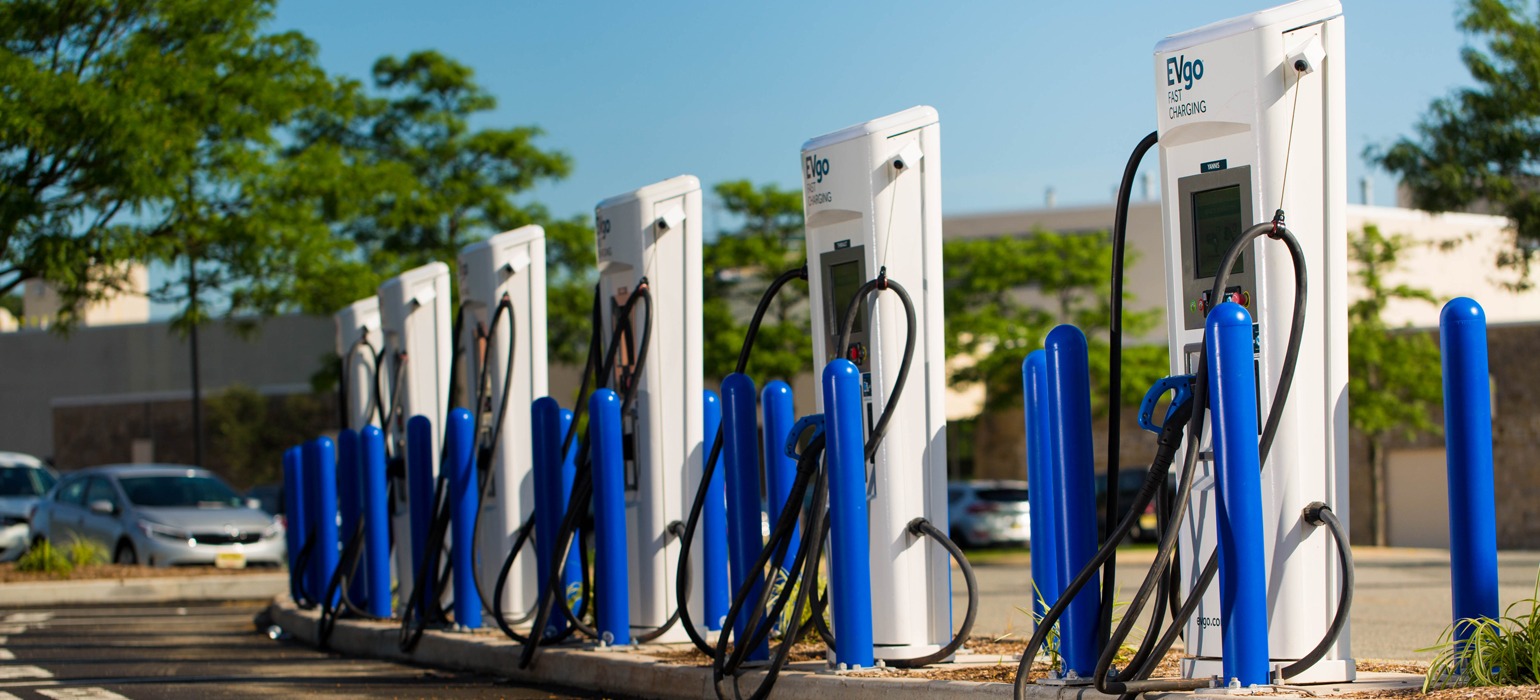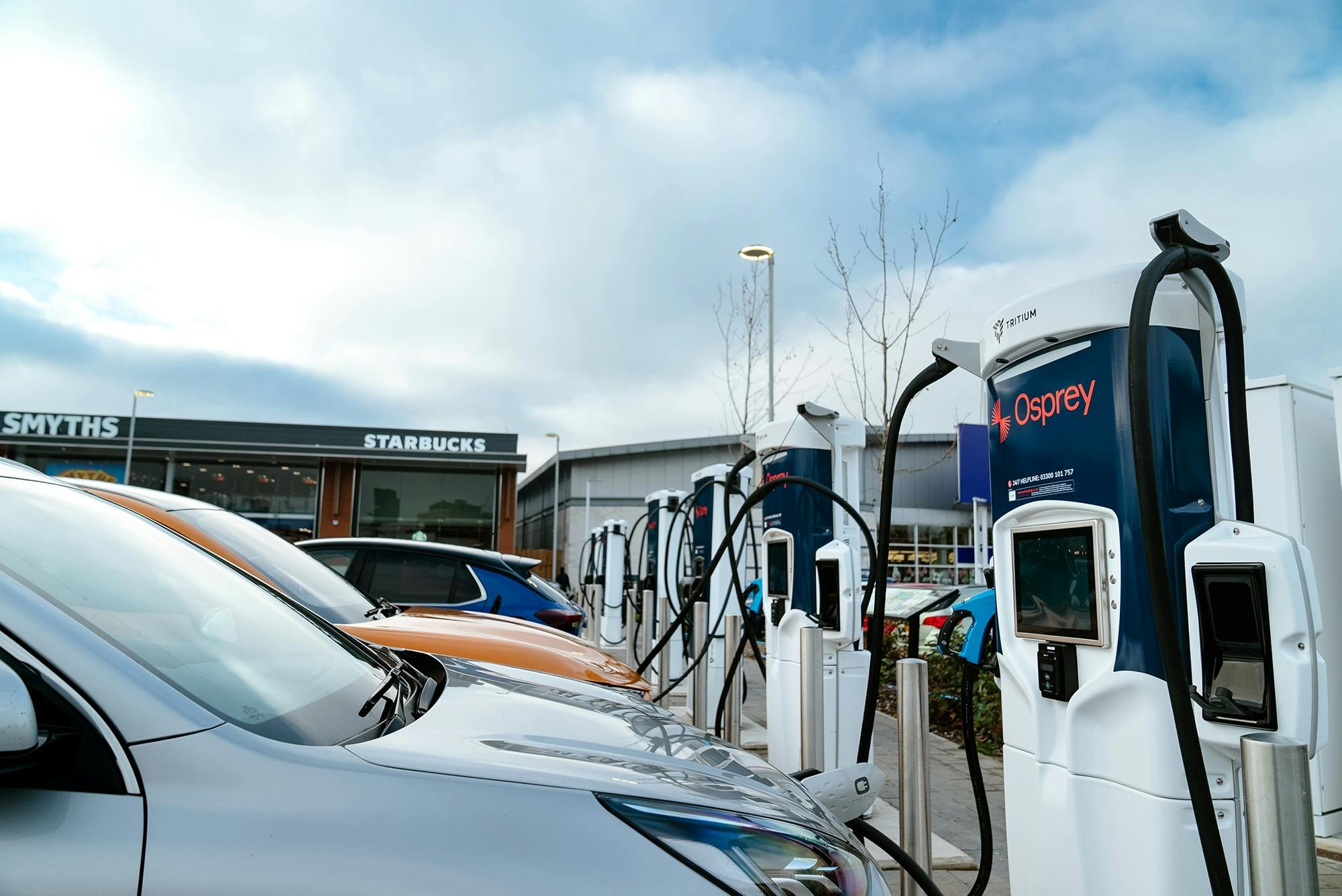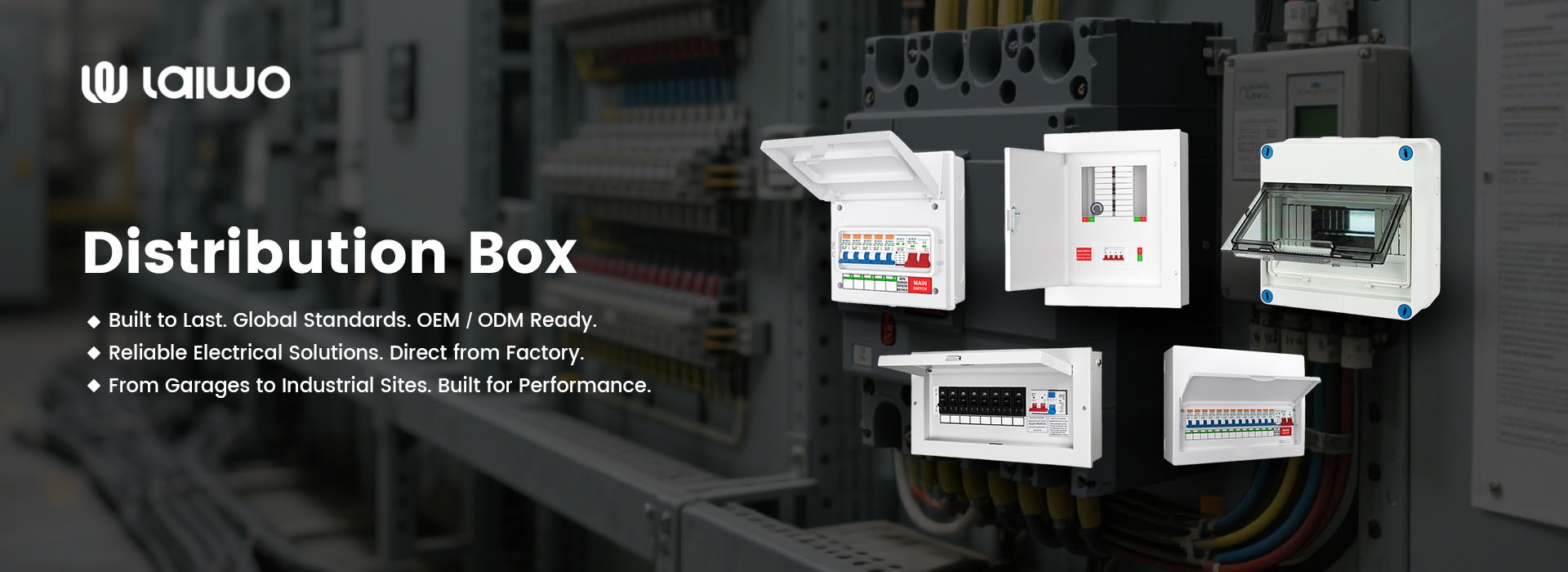Next: From Charger to Car: Complete Protection with Our EV Consumer Units

The electric vehicle (EV) revolution isn’t coming – it’s already here. Across industries including retail, hospitality, fleet management, real estate, and corporate workplaces, businesses are rapidly installing EV charging stations to attract customers, support employees, meet sustainability targets, and open new revenue opportunities. Yet many early adopters are discovering a hidden challenge: an EV charger is only as reliable as the electrical infrastructure that powers it.
One critical but often overlooked component is the distribution board — also known as the fuse board, fuse box, or consumer unit — which manages and protects the entire charging system. Neglecting this backbone of electric vehicle infrastructure can lead to costly downtime, safety risks, and reduced profitability.

The journey of electricity from the grid to an EV battery is complex. Bottlenecks or failures at any point can cripple your charging operation. Common electrical pain points include:
1. Inadequate Grid Supply & Phase Imbalance: Many sites, especially older ones, weren't designed for the concentrated, high-power demands of multiple EV chargers (EV charging units). Attempting to add several 7kW, 11kW, or 22kW+ chargers can easily overload the existing main supply or cause severe phase imbalance. This leads to:
Tripped main fuses or cutouts.
Voltage drop, causing slow charging or charger faults.
Inability to add more chargers without costly grid upgrades.
2. Overloaded Legacy Distribution Boards: Standard domestic or commercial fuseboards lack the capacity, physical space, and configuration for multiple high-current EV circuits. Key issues arise:
Lack of Physical Space (Way Deficiency): No room for the required number of high-amperage MCBs (Miniature Circuit Breakers) or RCBOs (Residual Current Breakers with Overcurrent protection) needed for EV circuits.
Incorrect Protection Coordination: Standard breakers might not trip fast enough or coordinate correctly with upstream devices during EV-specific fault conditions, risking damage or fire.
Thermal Overload: Concentrating high, continuous loads (like EV charging) in a standard board not designed for it causes excessive heat, degrading components and increasing fire risk.
3. Lack of Dynamic Load Management (DLM): Without intelligent management, the total potential demand of all chargers can far exceed the site's available capacity. A standard fuse box for a car bay won't cut it. This forces operators to either:
Artificially limit charger numbers/power, reducing revenue potential.
Risk constant tripping when multiple EVs charge simultaneously.
4.The Surge Threat: EV chargers, with their sensitive power electronics, are highly vulnerable to transient voltage surges (caused by lightning, grid switching, or even other equipment on-site). Surges can:
Instantly destroy expensive charging units.
Cause costly downtime and replacement delays.
Lead to frustrated customers and reputational damage. Standard boards rarely have adequate surge protection.
5. Safety Compliance: EV charging circuits have specific requirements:
Type A RCDs are NOT sufficient: EV chargers can produce DC fault currents that blind standard Type AC/Type A RCDs. Type B or Type A EV RCDs/RCBOs are mandatory to ensure safe disconnection under all fault conditions. Retrofitting these into a standard board is often impossible or messy.
Earthing & Bonding: Specific earthing arrangements (like PME conditions) require additional protection measures (e.g., PEN fault devices), which need dedicated space and integration.

These electrical issues aren't just technical glitches; they translate directly into tangible commercial losses and operational nightmares:
1. Revenue Erosion Due to Downtime: When a charger is offline because a breaker tripped, a surge fried the electronics, or load management failed, it generates $0. For a busy site, downtime can cost hundreds or even thousands of dollars per charger, per month. Multiply this across multiple units, and the impact is staggering.
2. Damaged Brand Reputation & Customer Dissatisfaction: EV drivers plan their journeys around charging stops. Finding a broken charger due to an underlying electrical fault leads to frustration, negative reviews (on apps), and a loss of trust. For destinations (malls, hotels), this directly impacts footfall and customer loyalty. For fleets, it disrupts operations.
3. Increased Operational Costs: Constant troubleshooting, reactive maintenance, replacing surge-damaged chargers, and manual resetting of breakers consume significant time and resources. Electrician call-outs are expensive.
4. Stifled Growth & Scalability: The inability to safely add more chargers due to an overloaded fusebox EV board or insufficient grid capacity prevents businesses from capturing growing EV demand. Competitors with robust infrastructure will win the charging customers.
5. Safety Risks and Liability: Non-compliant installations (e.g., incorrect RCD type, thermal overload) pose serious fire and electric shock risks. The legal and financial liabilities associated with safety incidents are enormous.
6. Wasted Investment: Investing in premium EV chargers is undermined if they are constantly failing or underperforming due to poor underlying power distribution.
The key to unlocking reliable, scalable, safe, and profitable EV charging operations lies in the often-overlooked component: the EV Consumer Unit (also known as an EV Distribution Board, EV Charger Consumer Unit, or EV Unit). This is not merely a standard fuseboard with a few extra breakers slapped in. It's a sophisticated, engineered solution designed specifically for the unique demands of EV charging infrastructure.
Integrated Essential Components for EV Charging Infrastructure:
Supplied with neutral cable, live busbar, and neutral & earth terminal bars — ready for direct integration into EV charger installations.
Pre-fitted with DP 16A–40A Type A RCBOs to ensure safe disconnection under DC fault conditions, meeting EV charging station safety standards.
Equipped with a high-capacity 20/40KA T2/1P+N Surge Protective Device (SPD) for reliable electric vehicle infrastructure protection against transient overvoltages.
DP 100A main switch allows full isolation of the EV consumer unit, enabling secure maintenance.
Includes 6A–40A double-line switched, Type A, 1P+N RCBOs for versatile protection across multiple EV charging points.
Flexible Cable Management & Quick Installation:
Multiple cable entry knock-outs (20mm & 32mm) on both top and bottom for easy adaptation to various EV charger connection layouts.
Supports up to 35㎟ maximum cable capacity for high-amperage EV charging systems.
Surface-mounted design for fast, clean installation in commercial or residential EV charging projects.
Pre-configured with all essential protective devices, reducing installation time and costs for EV charging station upgrades.
Durable, Weatherproof, and Aesthetically Designed:
Heavy-duty aluminum die-casting housing and lid available in white, black, or grey to match EV charging station enclosures.
Fully enclosed metal construction with automatic polyester powder coating for corrosion resistance in all climates.
Modern finish in white RAL9010 for a professional, clean look that complements public and workplace EV charging stations.
IP65-rated, dust-tight, and weatherproof — perfect for outdoor EV charger distribution boards.
Certified Safety & Regulatory Compliance:
CE and UKCA certified to BSEN61439-3, ensuring compliance with UK and EU EV infrastructure regulations.
Fully compatible with all types of EV charge points, including fast and ultra-fast chargers.
Flexible internal layout supports customized protection configurations without retrofitting, ideal for scalable EV charging networks.
OEM/ODM Customization for EV Charging Projects:
OEM/ODM services available — tailor specifications, branding, and protective configurations to your EV infrastructure requirements.
Scalable design allows future expansion of circuits or integration of dynamic load management for large-scale EV charging station networks.
Learn More:
5Way IP65 AL EV Charging Unit Surface Mounted
8Way IP65 AL EV Charging Unit Surface Mounted
From Charger to Car: Complete Protection with Our EV Consumer Units
Investing in a dedicated EV distribution board isn't just an electrical cost; it's a strategic investment that delivers a compelling ROI:
1. Maximized Uptime & Revenue: Robust protection and DLM drastically reduce charger downtime, ensuring consistent revenue generation.
2. Reduced Operational Costs: Minimizes expensive emergency call-outs, charger replacements (due to surges), and manual intervention.
3. Enhanced Customer Satisfaction & Loyalty: Reliable charging builds trust and encourages repeat visits (for destinations) or smooth operations (for fleets).
4. Unlocked Scalability: Safely and cost-effectively add more chargers as demand grows, capturing more market share.
5. Risk Mitigation: Compliance with regulations and robust surge protection significantly reduce safety risks, fire hazards, and associated liabilities.
6. Optimized Infrastructure Investment: Delays or avoids the high cost of grid upgrades by intelligently managing existing capacity via DLM.
The success of your EV charging venture hinges on more than just the visible charger. Neglecting the critical role of the electrical distribution infrastructure – specifically the consumer unit – is a recipe for downtime, lost revenue, safety concerns, and frustrated customers. A standard fuseboard simply isn't equipped for the job.
Upgrading to a purpose-built EV consumer unit (or EV distribution board) is the essential strategic step. It provides the robust foundation of high capacity, intelligent load management, mandatory safety protection (including vital surge protection), and future scalability required for reliable, profitable, and compliant EV charging operations. It transforms the electrical backbone from a potential liability into a powerful enabler of your business goals in the electrified future.

If you have any questions or require expert assistance with your electrical needs, our dedicated customer service team is ready to help. Give us a call or send us an email today and our dedicated team will provide you with the answers and support you need.
Learn More:
EV Charger Consumer Unit Guide
2 Way to 36 Way Distribution Boards - What’s the Difference?
3 phase distribution board technical guide | Laiwo Electric
Why IP Ratings Matter for Consumer Units?
What is the difference between the 17th and 18th edition consumer unit?
IP Ratings for Consumer Units: IP40 vs IP65 in Industrial and Commercial Settings
INQUIRY NOW